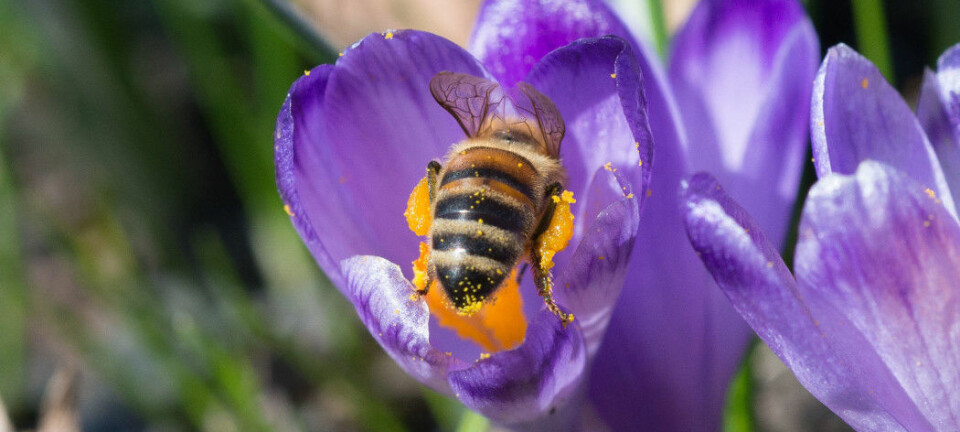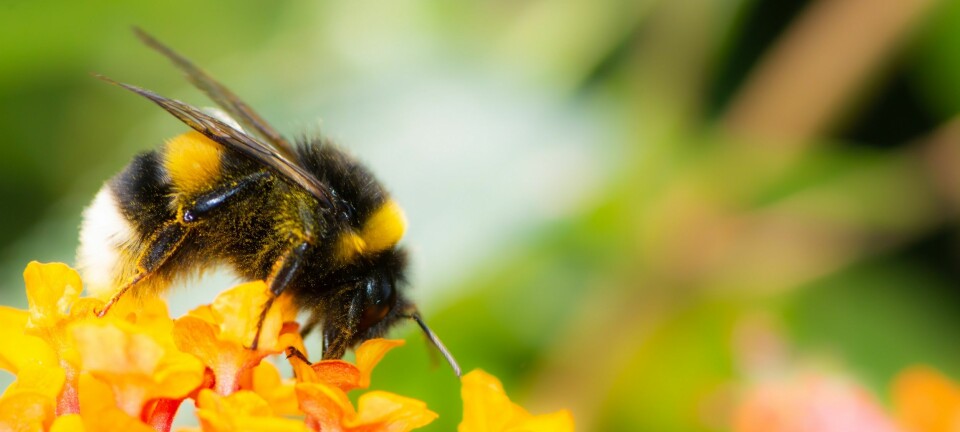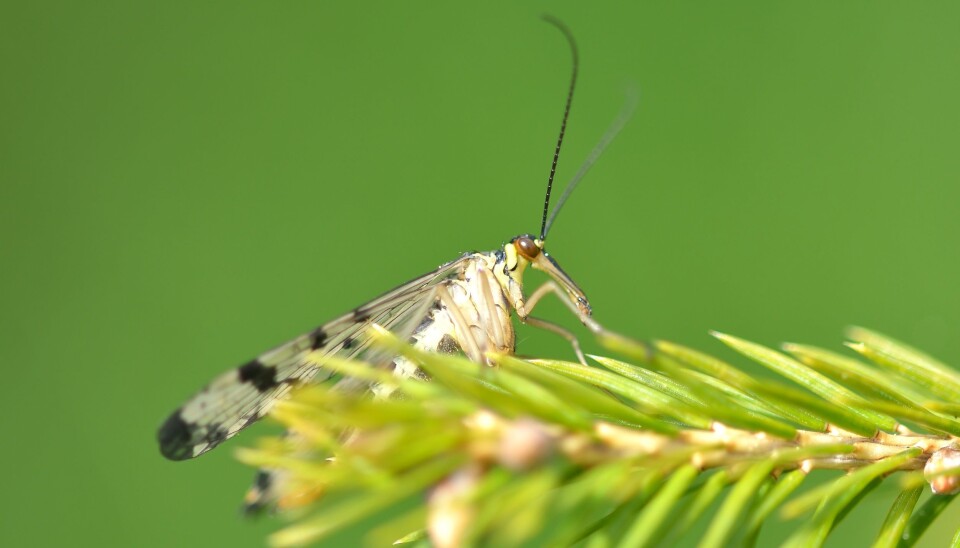
What happens to flowers and birds when we massacre mosquitoes with modern traps?
It’s only recently that people have thought that eradicating mosquitoes might be a bad thing, a mosquito researcher says.
If you believe the advertisements, there are electronic mosquito killers that can eliminate these insects over an area of several thousand square metres.
The devices in question convert propane gas to CO2 and add a fragrance. The CO2 attracts blood-sucking insects, which are always on the lookout for humans and animals that breathe and sweat. The mosquitoes that are attracted to the traps are sucked into a container, where they die within 24 hours.
Some traps also use UV light to attract insects. This means pretty much every insect in the area ends up in the trap, not just the blood-suckers.
But can this wholesale slaughter be good for the flowers, bees and birds that might actually benefit from mosquitoes?
Satisfied trap users see no bad effects
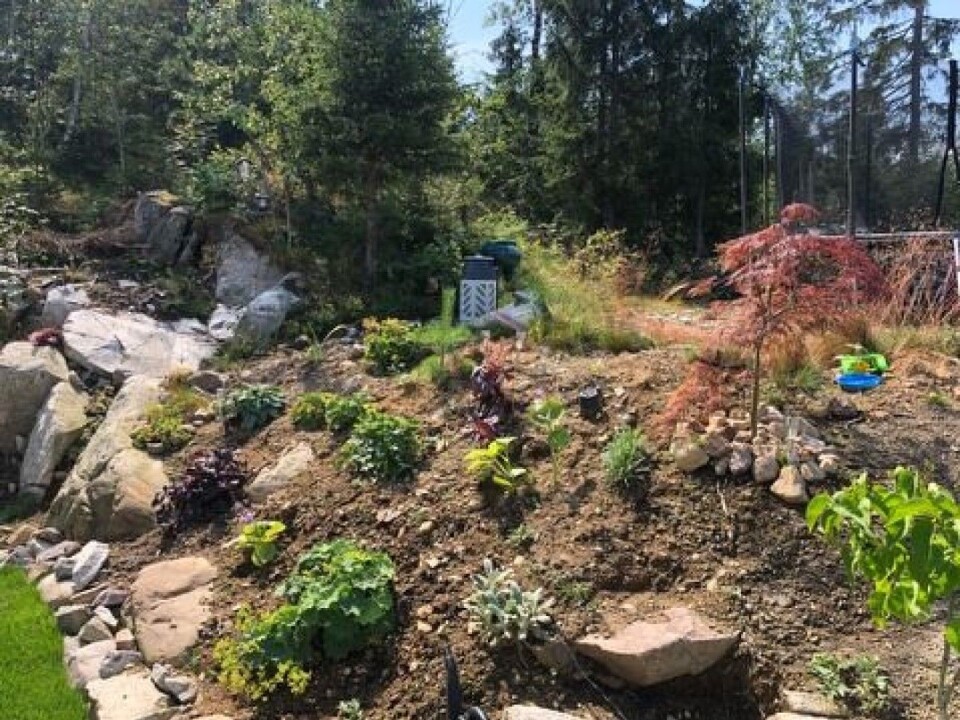
Martin Jensen lives at Nærsnes in Buskerud, and has had a trap in operation during the mosquito season for the past two years. He says they work extremely well.
“You can actually see it when you start it up. For a few days, the mosquitoes buzz around the flask that sucks them in,” says Jensen.
Jensen’s trap does not have UV light, which means it only attracts blood-suckers like mosquitoes. He changes the container about once a month, while replacing the propane tank. By then the trap is usually quite full.
“Before we started with this, you could almost see clouds of mosquitoes as dusk came on,” says Jensen.
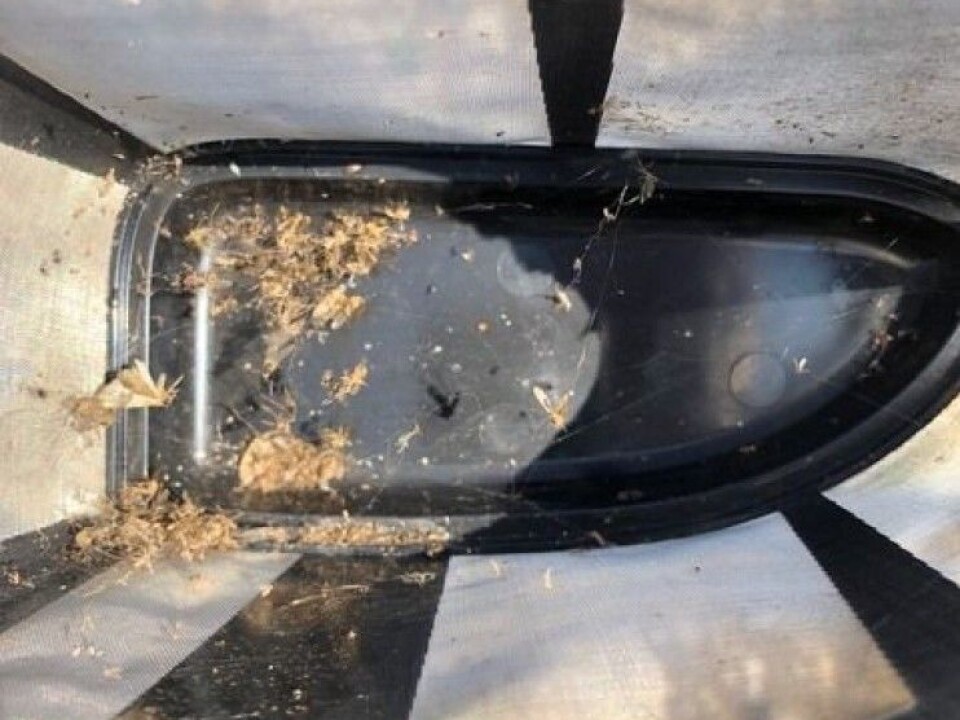
A neighbour who lives 200 metres away also has a trap. Still, Jensen says he and his family haven't seen any damage to the garden since the mosquitoes disappeared.
“We haven't seen anything wrong with plants or animals. In fact, we have more birds around in our garden now than before, although it may not have anything to do with it, says the satisfied trap user.
Role of mosquitoes in Norway a mystery
But what do the scientists say? What do these traps really do to the ecosystem in the areas they are in? What happens with plants and bird life if the mosquitoes are gone?
“We simply don't know,” says Sondre Dahle, a biologist and mosquito scientist at the Norwegian Institute of Natural Research (NINA). “Our research funds have been used to fight blood-sucking insects, not to investigate their usefulness.”
He says that it is only recently that scientists have begun to look at the role blood-sucking insects play in the ecosystems they are part of. That’s why there isn’t much good, peer-reviewed knowledge about the role of mosquitoes in the north.
A little is known: for example, mosquitoes are clearly eaten by other species, such as birds and bats.
A study from Uppsala University found that mosquitoes visit 15 different plant species to suck up nectar. But we still do not know enough about the importance of mosquitoes to pollinating plants.
That may change. Dahle says it has become easier to do pollination analysis because of innovations in what is called DNA metabarcoding.
“The fact that people are beginning to think that there may be negative effects of trying to eradicate mosquitoes is a whole new way of thinking,” says Dahle.
Although the NINA researchers do not know how the mosquito traps affect ecosystems, they hope that mosquitoes that have already been caught will not go to waste.
They are encouraging Norwegians who have already set up mosquito traps in their yards, huts or fields to send them some of the catch. Those who do not have mosquito traps can also contribute.
The researchers will use the catch to get a better sense of which mosquito species are found in Norway today.
----------------------------------
Read the Norwegian version of this article at forskning.no







